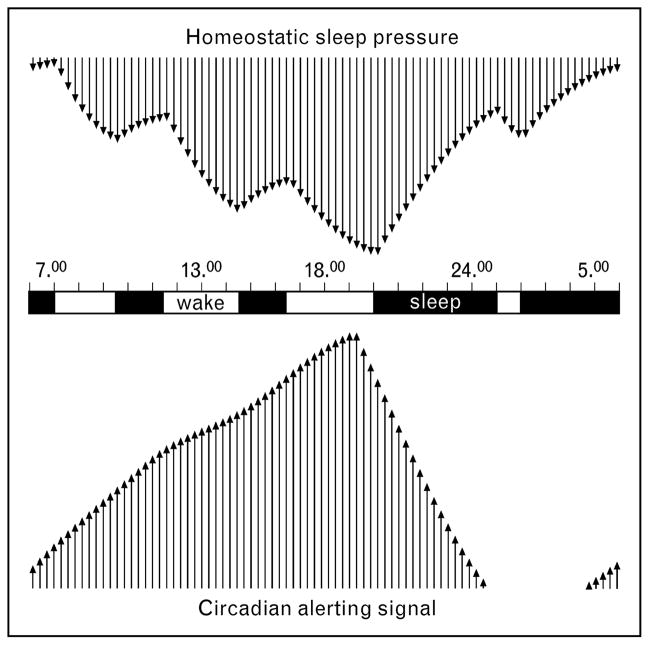Figure 2. Conceptual model of sleep–wake regulation in early infancy.
Negative upper arrows represent increasing sleep pressure (plotted upside down), while positive lower arrows indicate increasing circadian drive. Black bars represent sleep episodes. Adapted from [17]. The ability of the infant to decrease sleep pressure during the night counteracts the drop in circadian alertness during the night for maintaining a consolidated nocturnal sleep episode. The increase of sleep pressure during the day opposes the circadian alerting signal in the early evening for sustaining a balanced vigilance state during the day.

